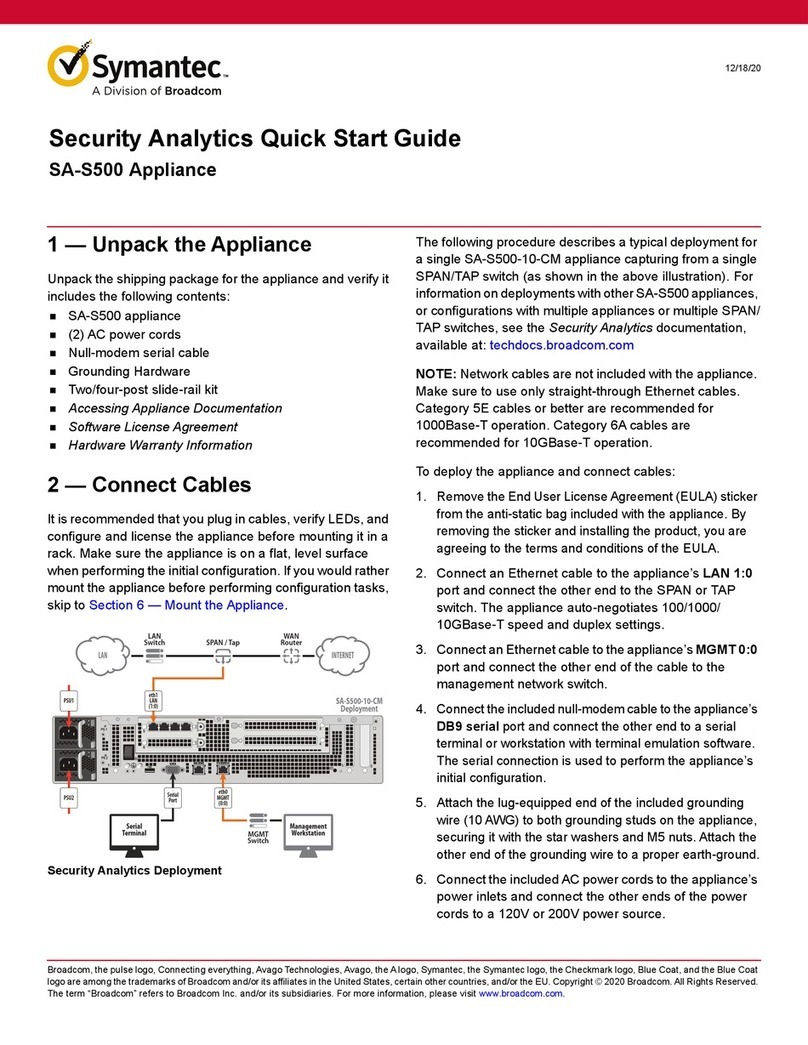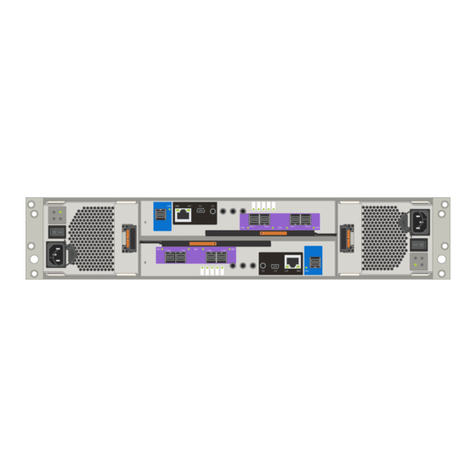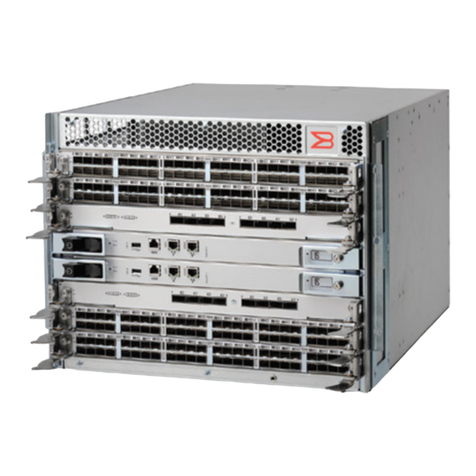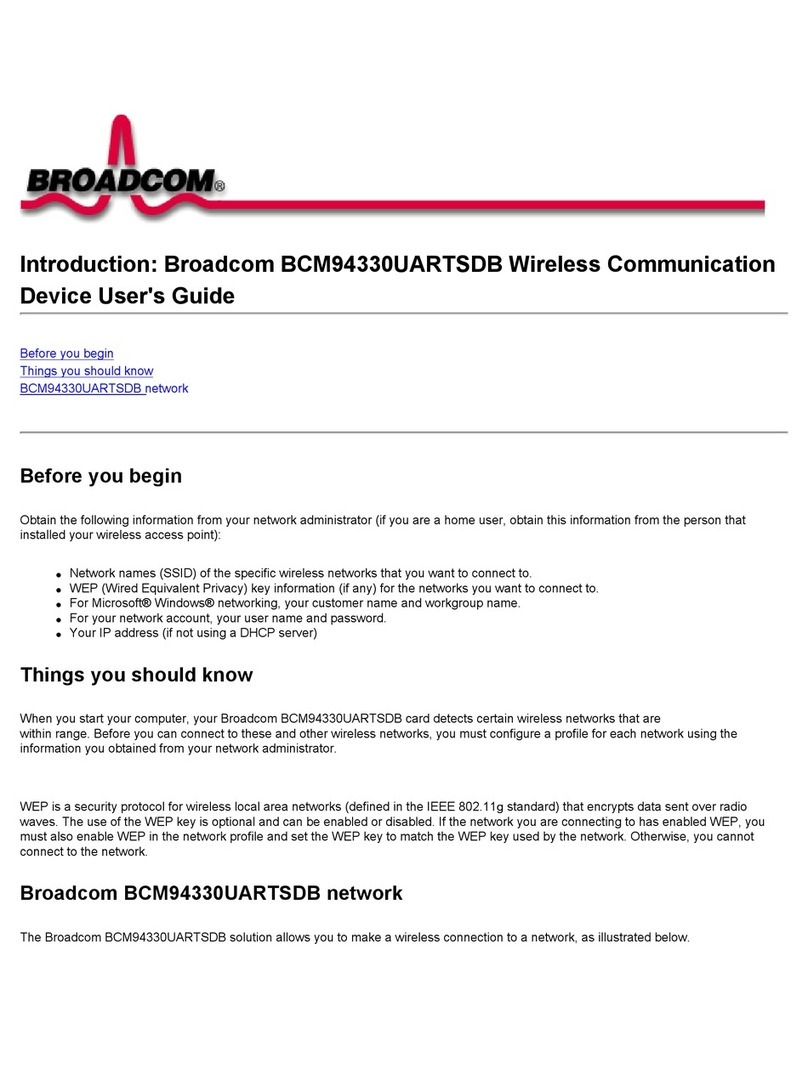
TABLE OF CONTENTS
1. GENERAL INFORMATION...................................................................................................1
1.1 FEATURES ....................................................................................................................................... 2
1.2 RDK INSTALLATION.......................................................................................................................... 2
2. PCI 9052 OVERVIEW ...........................................................................................................3
2.1 PCI 9052 INTRODUCTION ................................................................................................................. 3
2.2 PCI 9052 FEATURE SET................................................................................................................... 3
3. RDK HARDWARE ARCHITECTURE ...................................................................................5
3.1 ARCHITECTURE OVERVIEW............................................................................................................... 5
3.2 HARDWARE MEMORY MAP................................................................................................................ 6
3.3 SERIAL EEPROM............................................................................................................................ 6
3.4 LOCAL BUS OPERATING MODES........................................................................................................ 9
3.4.1 ISA Interface............................................................................................................................ 9
3.5 STATIC RAM (SRAM)...................................................................................................................... 9
3.6 ROM SOCKET.................................................................................................................................. 9
3.7 TEST HEADERS.............................................................................................................................. 10
3.8 CPLD FUNCTIONALITY ................................................................................................................... 10
3.9 PROTOTYPING AREA ...................................................................................................................... 11
3.9.1 BGA Prototyping.................................................................................................................... 12
3.10 RDK BOARD CONFIGURATION ........................................................................................................ 12
4. ISA TO PCI MIGRATION ....................................................................................................15
4.1 ISA REGISTER CONFIGURATION...................................................................................................... 15
4.1.1 Range Register...................................................................................................................... 15
4.1.2 Base Address Re-map Register............................................................................................ 15
4.1.3 Chip Select Register.............................................................................................................. 15
4.2 ISA REGISTER CONFIGURATION EXAMPLE....................................................................................... 16
4.2.1 ISA Memory Mapping............................................................................................................ 16
4.2.2 ISA I/O Mapping.................................................................................................................... 16
4.2.3 Chip Select Configuration...................................................................................................... 16
4.2.4 Other Local Settings.............................................................................................................. 16
4.2.4.1 Bus Region Descriptor .................................................................................................................16
4.2.4.2 Initialization Control Register........................................................................................................17
4.2.4.3 Interrupt Control/Status Register..................................................................................................17
4.2.5 Interrupts ............................................................................................................................... 17
4.2.6 Serial EEPROM..................................................................................................................... 17
4.2.7 PCI Access to Local ISA Bus................................................................................................ 17
4.3 ISA NOWS# DELAY OPTION.......................................................................................................... 18
4.4 ISA INTERFACE AEN SIGNAL.......................................................................................................... 18
5. CUSTOMER SUPPORT & REFERENCES.........................................................................20
5.1 CUSTOMER SUPPORT..................................................................................................................... 20
5.2 REFERENCES................................................................................................................................. 20
6. BILL OF MATERIALS / PLD & CIRCUIT SCHEMATICS...................................................21
PCI 9052RDK-LITE Hardware Reference Manual v1.3
© 2004 PLX Technology, Inc. All rights reserved. v































